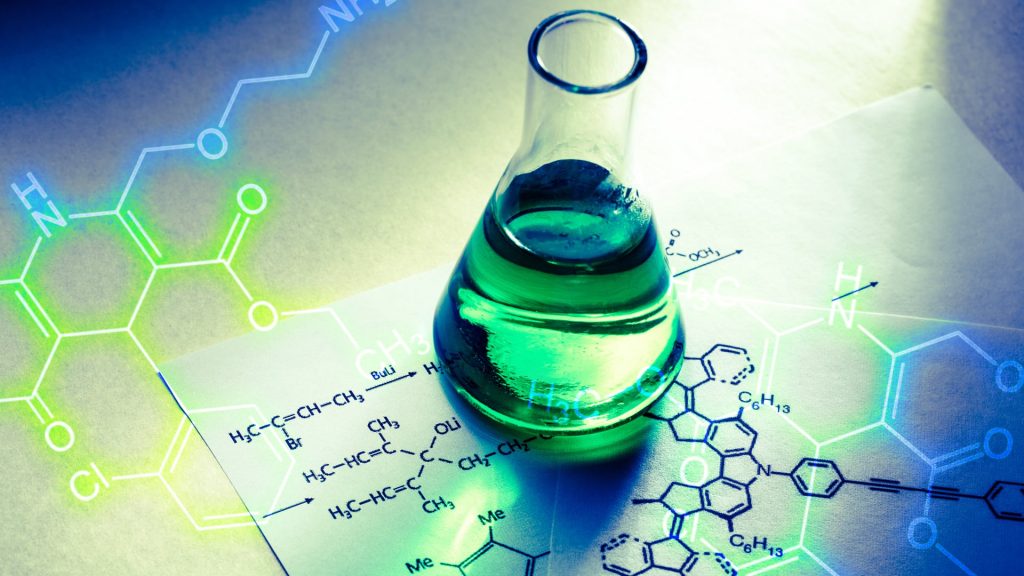Chapter 5 : States of Matter
NCERT Solutions for Class 11 Chemistry: Chapter 5 (States of Matter) are provided on this page for the perusal of Class 11 Chemistry students. These solutions can also be downloaded in a PDF format for free by clicking the download button provided below.
Audiobook (Listen to the Class)
The free Class 11 Chemistry NCERT audiobook provided by us have been prepared by seasoned academics and chemistry experts keeping the needs of Class 11 Chemistry students in mind. The NCERT Solutions provided on this page contain step-by-step explanations in order to help students answer similar questions that might be asked in their examinations.
The Chemistry NCERT Solutions provided on this page for Class 11 (Chapter 5) provide detailed explanations on the steps to be followed while solving the numerical value questions that are frequently asked in examinations.

NCERT Solutions for Chemistry – Class 11, Chapter 5: States of Matter
“States of Matter” is the fifth chapter in the NCERT Class 11 Chemistry textbook. This chapter contains several fundamental concepts related to intermolecular forces and how they affect the physical state of a substance. It also deals with several other important concepts associated with the liquid and gaseous states of matter. This is the reason why “states of matter” is regarded by many as one of the most important chapters in the NCERT Class 11 Chemistry textbook.
The topics covered in this chapter include intermolecular forces and thermal energy, gas laws, the ideal gas equation, the kinetic theory of gases, the deviation of gases from ideal behaviour, liquefaction of gases and the liquid state. The NCERT Solutions for Class 11 Chemistry (Chapter 5) provided on this page deal with the following types of questions:
- Numerical problems based on Boyle’s law, Charles’s law, Gay-Lusscac’s law and Avogadro’s law.
- Numerical problems on calculating partial pressure.
- Questions on critical temperature and pressure.
- Questions on Van der Waals forces and other types of intermolecular forces.
